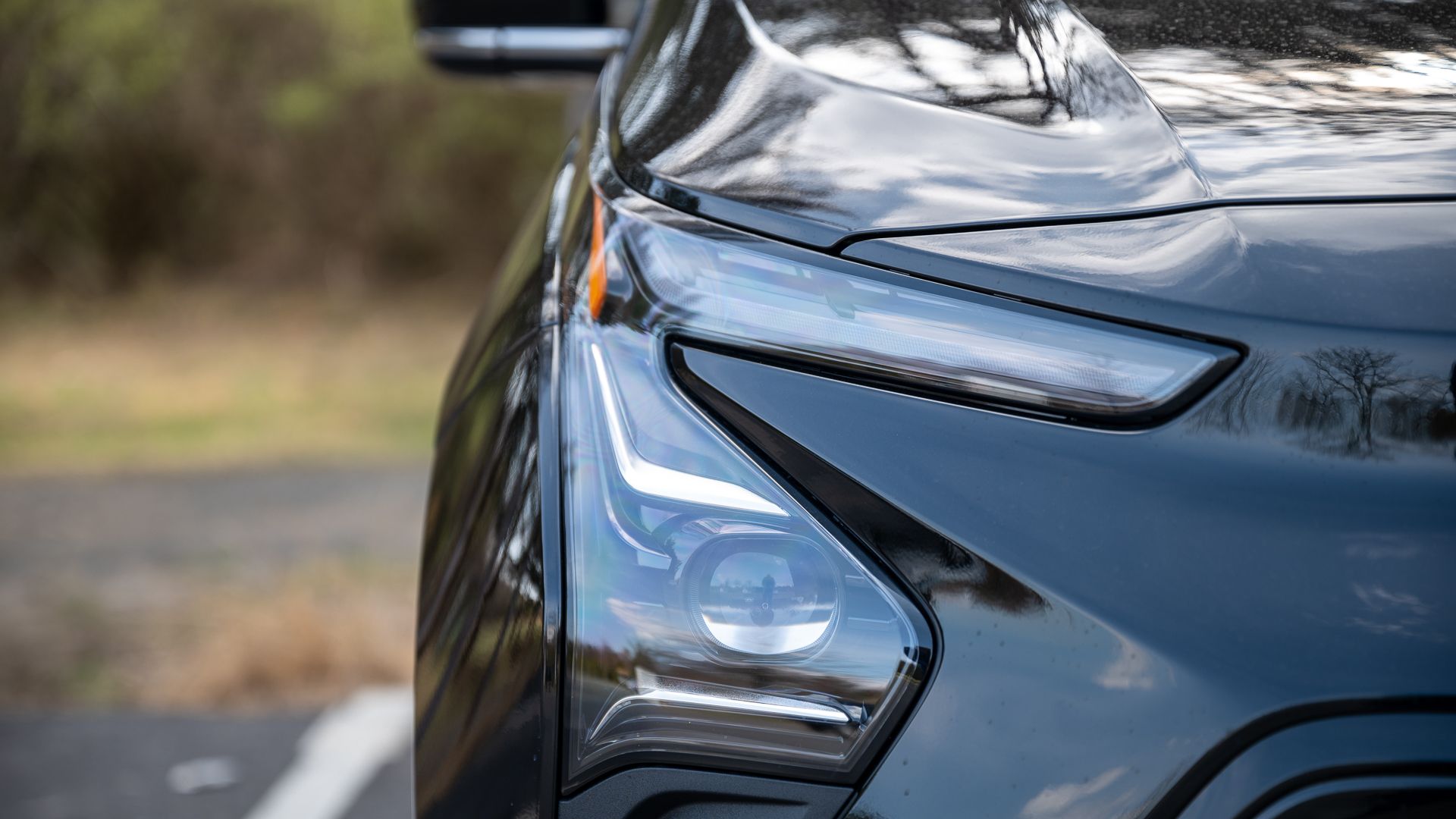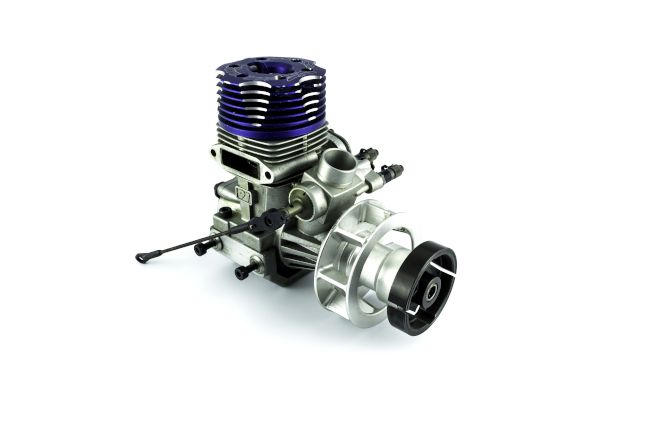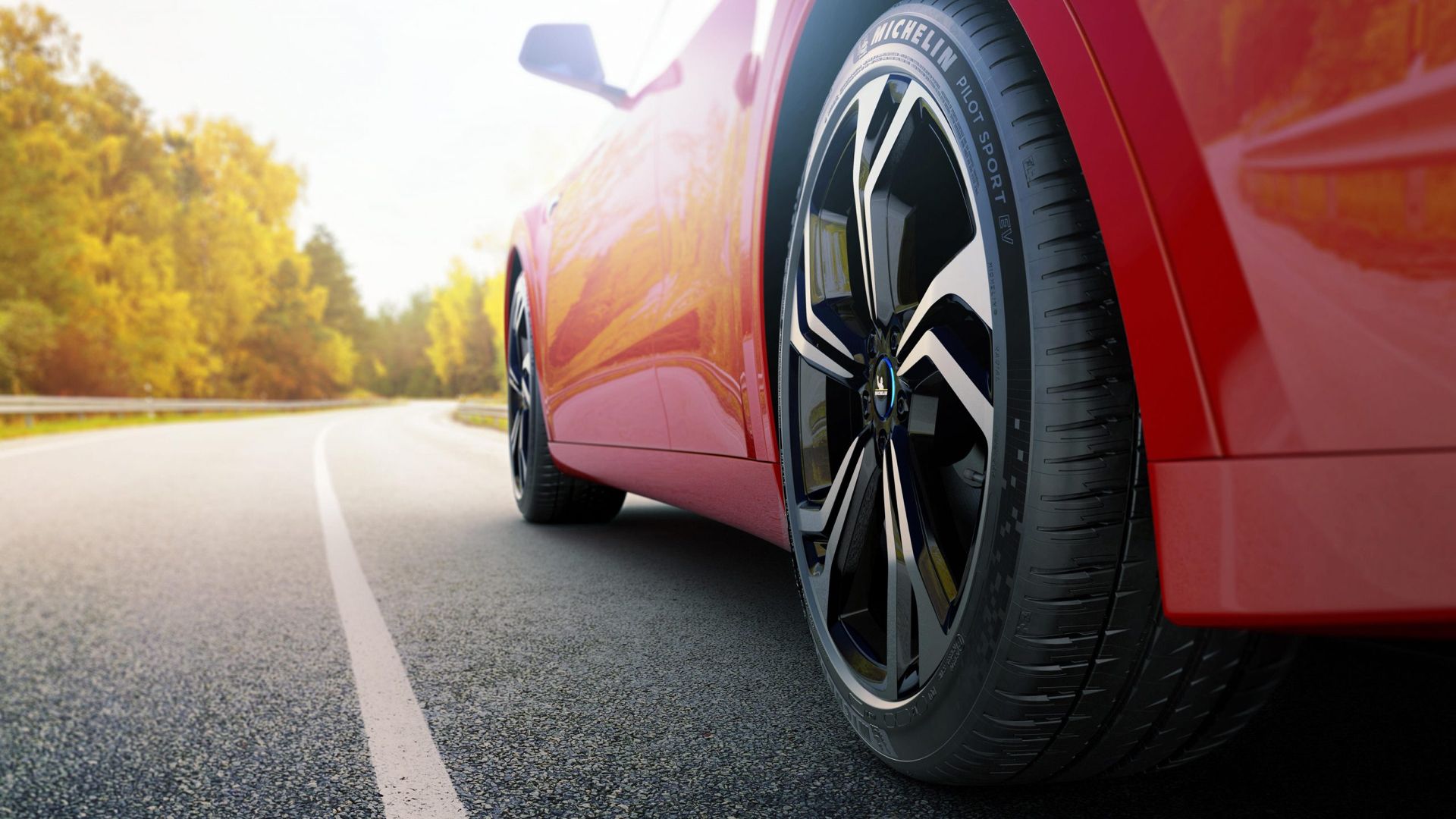Quick Links
Do EVs have the same cultural hobby appeal of gas-powered cars? Will tomorrow's enthusiasts be able to modify and tune EVs like they could internal combustion engines?
Is the EV the End of Automotive Tuning?
Ever since Ford’s assembly line brought motoring to the masses, automotive enthusiasts have been modifying their cars to go faster and compete against others in legal (and illegal) races. The internal combustion engine (ICE) has a long and storied history of modification, ranging from weight reduction to revolutionary technology such as overhead valve conversions and electronic fuel injection.
With ICE cars likely going the way of the dodo in the coming decades, where will enthusiasts and professional competitors focus their efforts? Can today’s consumers replicate what hot rodders of the 20th century did in order to push the boundaries of performance and make their vehicles unique?
Tuning and Bolt-Ons: A Brief Overview of Car Customization
There are many ways to modify a modern vehicle, from cosmetics to vital components. The aftermarket support for automotive modification is so vast that you can find upgrades and replacements for almost every part for nearly every make and model of the last half-century through companies like JEGS and Partsgeek.
When it comes to performance upgrades, most modifications fall into two categories: tuning and bolt-ons. With bolt-on parts, the technician or owner physically adds a component to the vehicle, either by replacing a factory part with an aftermarket one or literally “bolting on” an additional part that adds performance value (e.g., a supercharger or an oil catch-can).
Tuning, on the other hand, refers to simply reconfiguring or adjusting the parameters in a system to achieve a particular result. Some engines are configured from the factory to meet certain fuel efficiency goals or even noise limits for consumer comfort. Tuning typically comes with a trade-off, but automotive hobbyists (tuners, hot rodders, hoonigans – whatever you want to call them!) typically find these trade-offs in noise, efficiency, reliability, or comfort to be worth it.
One of the easiest and most popular modifications available today for ICE cars comes in the form of a software tune. With products such as the COBB Accessport and JB4 Tuner, any car owner can tap into their car’s ECU and get more potential out of their existing engine by modifying when and how horsepower and torque curves are managed – whether that’s through turbo boost limits or air to fuel ratio in injection systems.
What Components Can Be Tuned in an EV?
Just about everything under the sun (or at least under the hood!) can be tuned on a combustion vehicle. Your tuning options are a little bit more limited when it comes to electric vehicles. None the less, there are still quite a few things you can tinker with.
Universal Components
Obviously, many components can exist in both ICE vehicles and EVs, such as performance tires, suspension parts, brakes, aerodynamic add-ons, and running gear, but none of these fundamentally add power or “oomph” to the experience of driving (although they can certainly improve lap times!). There are plenty of reasons to switch out each of these features, but what about the unique advantages and disadvantages of EVs?
EV Drivetrains
Part of the beauty of EVs is the simplicity of their drivetrains. ICEs require exponentially more moving parts to achieve the same function, while electric motors can deliver massive amounts of power with only a few parts. With fuel-powered cars, every item on the maintenance schedule can be an excuse to improve the overall performance of the vehicle: longer-lasting spark plugs, more aggressive cams, better-flowing exhaust systems, cold-air intakes, and much more.
As a consequence of EV design, there are fewer ways to improve a factory-produced EV, as there are fewer parts a normal consumer can replace. There are, however, a few specialty companies that have begun to offer crate motors and performance-oriented batteries, but these are still somewhat major upgrades compared to the total cost of an EV.
Popular EV Mods
At the moment, weight reduction is the best “bang for your buck” modification an EV owner can do, with significant gains in range, efficiency, acceleration, and braking distance. Beyond that, motivated enthusiasts are finding other ways to make their EVs more fun or engaging, such as improved accelerator pedals that feel more responsive and sound boosters that simulate engine sounds to provide audio feedback and transform the driving experience into something that feels more alive.
Software Updates
While replacing physical components will still be a part of automotive culture for the foreseeable future, software pros and coding geniuses are discovering methods to tweak modern EVs even further than ICE tuning does. Aftermarket software and controller units can manage charging speeds, power distribution, and output of EV drivetrains to maximize their potential. Of course, modifying proprietary software from an automotive manufacturer is still a legal gray area in many cases, but that won’t stop dedicated enthusiasts from experimenting with ways to upgrade their systems. What was once considered the domain of specialized geeks could become the core of hot rodding as the industry continues to progress.
What Does the Future of Automotive Tuning Look Like?
Most of the subculture of tuners and hot rodders still tends to focus on gasoline-powered cars, as they are currently much more modular and configurable than their EV counterparts. However, automotive enthusiasts find themselves in a situation where they will soon have no choice but to adapt. Climate change initiatives are reshaping the landscape of the automotive industry – not by profit-driven innovation, but by environmental and legislative necessity.
With countries like the UK mandating that all vehicles on the road be EVs by certain dates and states like California and New York adopting similar laws, time is quickly running out for the millions of secondhand ICE cars that would have otherwise stayed on the road for decades to come.
Tuning culture for EVs is still in its infancy, and not many consumers or manufacturers have developed a market for it. Partially, this is due to the fact that working on high-voltage systems is dangerous and requires specialized skills and tools. Many production EV batteries run between 300 and 800 volts – that’s territory that few people can safely work with.
There are also far fewer EVs on the road than there are ICE vehicles, and so aftermarket support is similarly niche for the time being. As has always been the case, a large part of the population cannot afford or does not want a new car. Even when lightly used, many EVs are still comparatively costly to maintain. Replacement Tesla batteries can cost around $20,000! Voiding the warranty on an expensive luxury vehicle scares away even adventurous DIYers – but what about when whole generations of sporty EV models start filling up used car lots? With aging drivetrains and no warranty remaining, these vehicles will be prime candidates for aftermarket upgrades that haven't even been invented yet.
With any new technology, early adopters pave the way for the market to grow. Remember when flat screen TVs were thousands of dollars while standard CRT TVs were only a few hundred? Just like TV prices were driven down by large-scale manufacture and adoption, EV components will likely see similar trends when EVs are the only cars on the lot.



